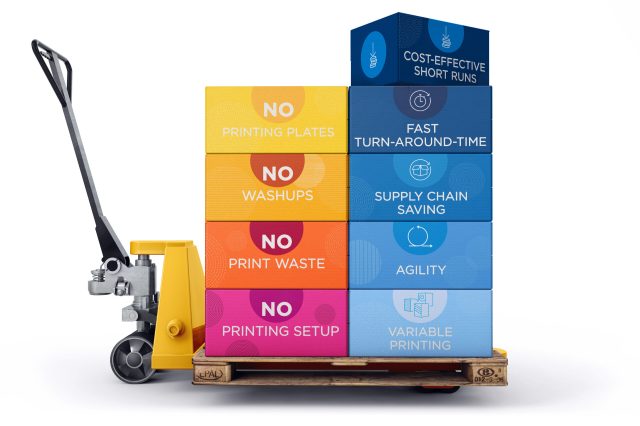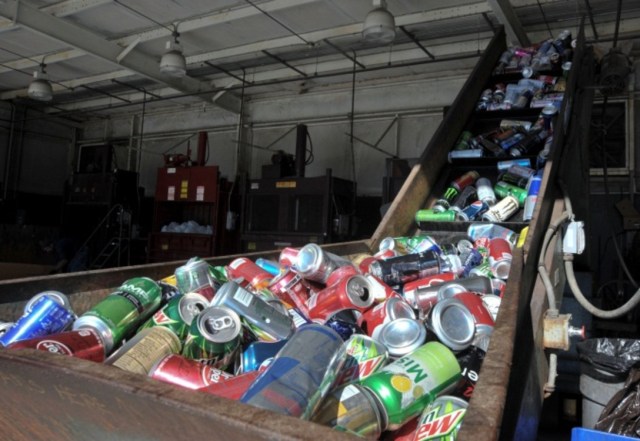
This article first appeared in Convenience & Impulse Retailing, authored by Rachel White
However you approach it, tackling sustainability along complex supply chains that cross borders, intersect time zones and navigate a multitude of un-aligned priorities is no small task.
Given the increasing international attention on sustainability over the past few years, businesses are now actively looking for ways to improve their environmental credentials, including the performance of their end-to-end supply chains.
Many have ambitious sustainability targets, with the ultimate goal of achieving net zero emissions in the long term, but it’s not always easy to control or indeed measure outcomes for FMCG companies with established operations and complicated networks.
Among other factors, a key driver for change is a shift in consumer habits as the public increasingly favours sustainable products and services, demanding environmental action with their wallets.
Conscious commerce
“Consumers are absolutely concerned about the environment, and we see accelerating demand for action on climate change. There is an expectation that brands, and companies are part of the solution,” says Amanda Robertson, Head of Sustainability, Nestlé Oceania.
Brent Gapes, National Sustainability Manager at PepsiCo A/NZ agrees, saying that in relation to sustainability, consumers are demanding locally produced products with lower carbon miles.
“We’ve seen a renewed focus on local relevance, purpose and sustainability. Local relevance is increasingly an important metric that consumers seek out,” he says.
These sentiments align with recent research released by commerce platform Shopify in its Future of Commerce trend report, which found a radical change in consumer behaviour globally.
More than ever, people are seeking out products from brands that resonate with them because of geography, company values or sustainability, with 77 per cent of respondents saying they’re concerned about the environmental impact of the products they buy.
“Conscious commerce is growing on a mass scale and plays a significant role in the purchasing decision of today’s consumer,” says Shaun Broughton, APAC Managing Director at Shopify.
Therefore, it is imperative that businesses clearly show consumers strong sustainability goals and achievements that align with widespread consumer values to succeed in the marketplace going forward.
Lisa Rippon-Lee, Vice President, Public Affairs, Communications & Sustainability, Australia, at Coca-Cola Europacific Partners (CCEP), says more than just passively choosing sustainable products, consumers are now mobilised and prepared to take positive action to do their part to promote sustainability.
“We know consumers are highly motivated to redeem their 10c deposits, in a way [that] they aren’t through mixed-waste recycling bins at home. In locations where the Container Deposit Scheme (CDS) operates, plastic returned via collection depots makes up 80 per cent of all plastic returned for recycling, compared to just 20 per cent through kerbside recycling bins,” she says.
So, it’s important to consumers, but how can large multinational companies like Nestlé, PepsiCo and CCEP ensure sustainability in the supply chain when they have complex relationships with multiple suppliers?
Collaboration is key
Many corporations report that their supply chains create more emissions than the processing and manufacturing side of the business, making it hard to guarantee end-to-end sustainability outcomes. This is the case at CCEP, according to Rippon-Lee.
“Our suppliers are responsible for over 90 per cent of our value chain greenhouse gas (GHG) emissions, and we will not meet our own GHG emission reduction targets unless we work in partnership with them,” she says.
By way of an example, she points to a collaborative recycling plant in Albury-Wodonga, a joint venture partnership between Pact Group, Cleanaway Waste Management Ltd, Asahi Beverages and CCEP.
The $45 million plant is “a world-class facility… helping to build a domestic circular economy, increasing the amount of locally sourced and recycled PET in Australia by two[1]thirds, from around 30,000 tonnes to more than 50,000 tonnes per annum.
“Contributing to closing the loop on PET recycling, the site will recycle 30,000 tonnes of PET each year, converting it to raw material that can be used to produce new beverage bottles plus other food and beverage packaging in Australia,” she says.
Along a similar vein, Robertson says the same of Nestlé: “Only five per cent of our GHG emissions globally come from sources within our direct operations. We must collaborate with our suppliers, customers, industry associates and consumers to develop solutions to the challenges of climate change,” she says.
“For Nestlé to achieve our ambitious sustainability goals we need to understand the impact of every part of our value chain. This includes parts we control, such as factories, warehouses, and packaging choices, and parts we only influence like the farmers who supply our ingredients.
“The whole company is on a journey as we work with our suppliers, customers, industry associations, and sometimes government to reduce our impact on the planet,” says Robertson.
“We know that we can’t do this alone. When it comes to tackling big sustainability challenges, collaboration is key. A great example of this is Nestlé’s approach to packaging. Each piece of packaging is being reviewed to ensure it is ‘fit for purpose’ and can be recycled. Nestlé’s Institute of Packaging Science is supporting this effort with 50 packaging experts dedicated to developing the next generation of sustainable packaging materials and developing refillable or reusable packaging systems,” she says.
While collaboration is vital, it also brings with it challenges says Gapes: “Inconsistencies in approaches to sustainability can be challenging and the progress across individual sustainability journeys can be quite varied, not everyone is at the same stage or level.”
It’s an ongoing journey
While much progress has already been made, there’s no disputing on a local, regional, national, and global level, there’s still a lot to be done to ensure sustainable practices are implemented and maintained for generations to come.
“We are on a journey, and part of this involves learning. With our 2025 commitments, it is clear what needs to be done and so these actions are supported with a detailed set of projects and actions, to achieve these commitments,” says Robertson.
“Longer term goals are still having plans developed against them,” she says of Nestlé’s three phase Net Zero Roadmap with the ultimate long term goal being net zero emissions by 2050.
Rippon-Lee says CCEP is also committed long term, especially to sustainability goals revolving around establishing a circular economy, water stewardship and transitioning to 100 per cent renewable energy consumption by 2025. CCEP’s ultimate goal is net zero emissions by 2040, 10 years ahead of most other corporations.
“We believe that business success and sustainability go hand-in-hand, and we aim to grow our business in a way that manages our social and environmental impacts responsibly and makes our people, our customers and other stakeholders proud,” she says.
A noble idea that’s hard to attain in reality, sustainability in the supply chain is far from guaranteed, even with the sincerest efforts and the best frameworks in place. As consumer spending habits change and shipping and logistics become more expensive post-pandemic, the only constant in commerce is change.


